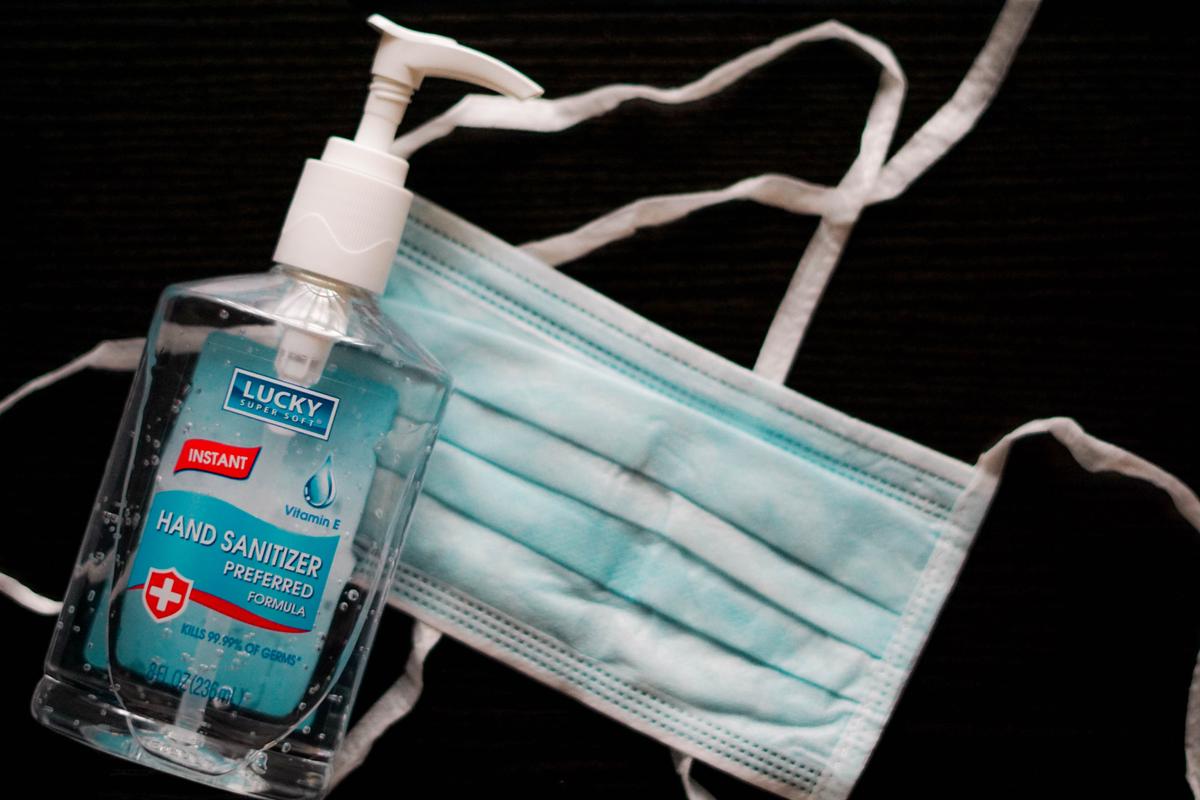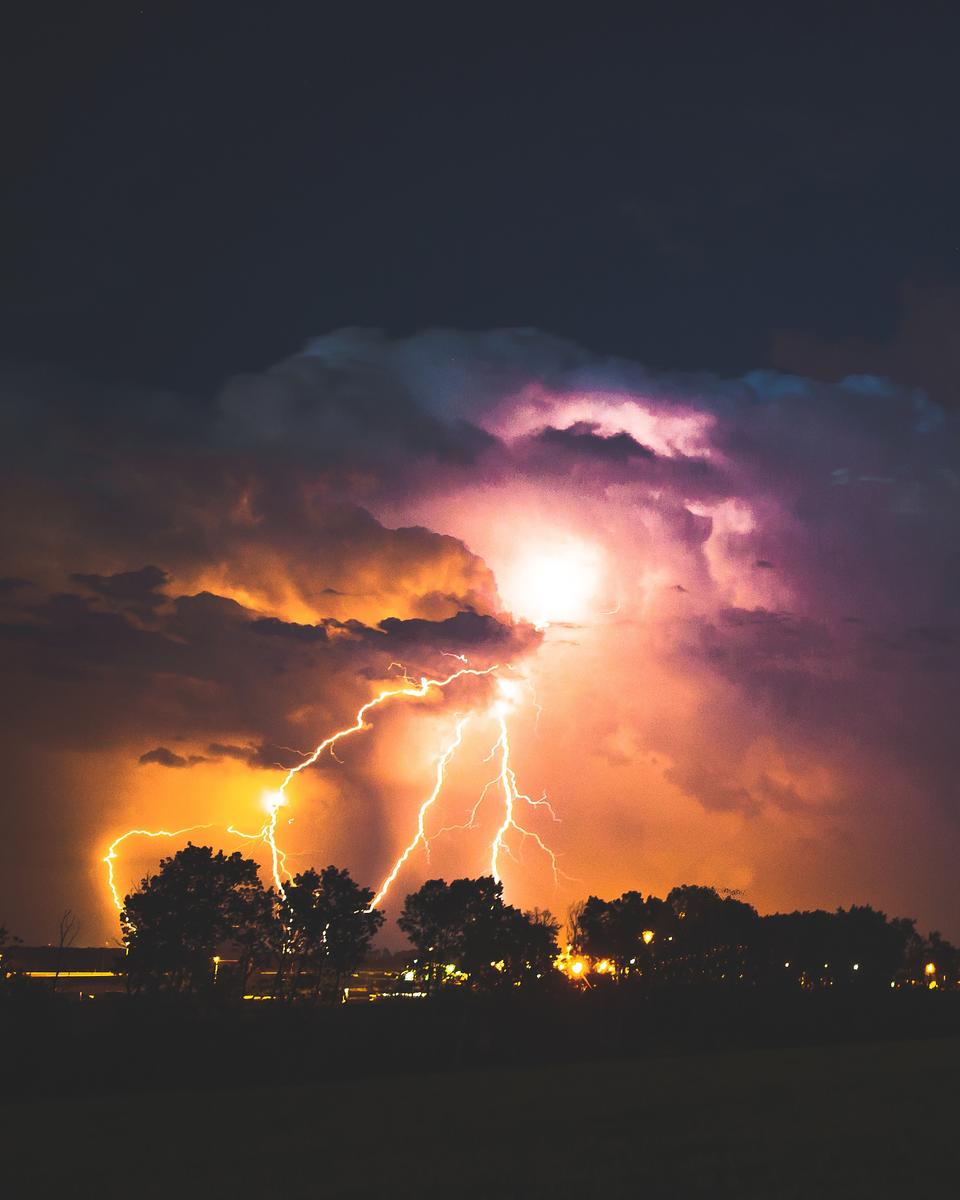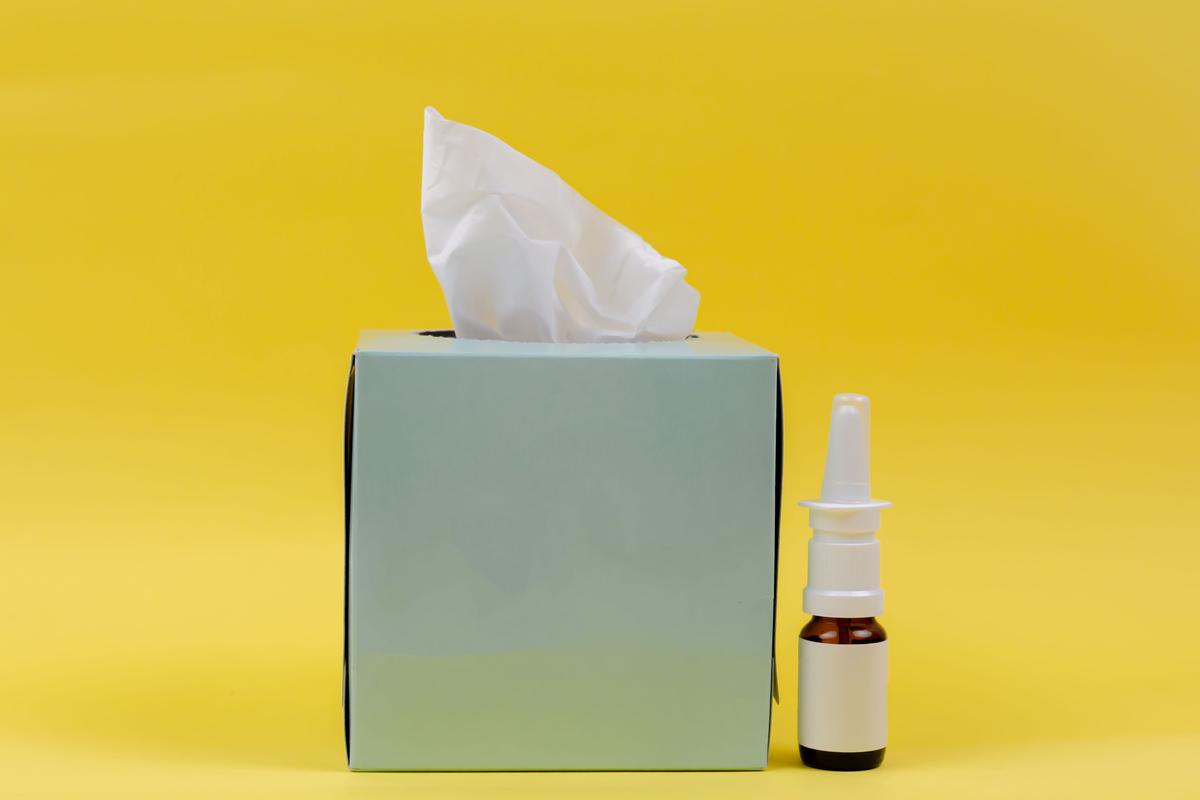Covid-19 Update
There is at present an increase in community transmission of COVID-19 in Victoria.
You can help us keep our school as safe as possible by taking 2 important steps:
- Ensure your COVID-19 vaccinations are up to date. Information on how and where to get vaccinated is available on the Get vaccinated webpage.
- If your child shows symptoms of COVID-19, please ensure they stay home and get tested.
The easiest way to test is to use a rapid antigen test (RAT). We have RATs available at Front Reception for collection. Free RATs are also available from your local council where you can collect 2 packs of 5 RATs and an extra 2 packs for each person in your household. People with disability and their carers can get 4 packs of 5 RATs. You are not required to have a Medicare card and you can collect RATs as many times as you need. You can also buy RATs at supermarkets, pharmacies and other retailers.
If your child has symptoms but tests negative, please ensure they stay home until they no longer have symptoms.
If the RAT test result is positive, please ensure they say home for at least 5 days and until there are no more symptoms.
Thank you for your support – these steps will help us all stay well.
Thunderstorm Asthma
Be prepared this pollen season!
Grass pollen season, which typically runs from October to December each year in Victoria, brings an increase in asthma and hay fever symptoms. It also increases the risk of thunderstorm asthma. For people with asthma or hay fever, especially those who experience wheezing or coughing with their hay fever, thunderstorm asthma can be sudden, serious and even life threatening.
Kambrya will implement a range of measures to keep our school community safe as the risk of thunderstorm asthma increases:
- Many of our staff are trained in asthma first aid, and we will monitor the VicEmergency app to receive thunderstorm warnings, and, close all doors and windows.
- Ensure air conditioners are set to recirculate air, and not bring air in from outside.
- Where appropriate, keep students at risk of thunderstorm asthma indoors when weather forecasts identify greater risk. Please notify the school if you believe your child is at risk of thunderstorm asthma.
During the season, there are some things you can do to prepare and protect yourself and your family:
- If your child has ever had asthma, talk to your doctor about what you can do to help protect them from the risk of thunderstorm asthma this pollen season, including updating your asthma action plan. Taking an asthma preventer properly and regularly is key to preventing asthma, including thunderstorm asthma.
- If your child has hay fever, see your pharmacist or doctor for a hay fever treatment plan and check if you should have an asthma reliever puffer. These are available from a pharmacy without a prescription.
- If your child has hay fever and experiences wheezing and coughing, it is important to make sure they don’t also have asthma. Speak to your doctor about an asthma action plan.
- Where possible, avoid being outside during thunderstorms from October to December, especially during the wind gusts that come before the storm. Go inside and close your doors and windows. If you have your air conditioning on, turn it to ‘recirculate’.
Protect yourself this pollen season – managing asthma and allergies matters.
For more information, speak to your doctor. You can also visit the Better Health Channel website.






